New Le Louisianais media Contemporary Nova Scotia Cajun Clans finds inspiration from.
Tartan tapestry woven threads of culture, language, and music, connecting two seemingly disparate regions – Louisiana and Claregyle Nova Scotia.

Imagine a vibrant Tartan tapestry woven with culture, language, and music threads, connecting two seemingly disparate regions – Louisiana and Claregyle, Nova Scotia. The story of Cajun and Acadian heritage is one of past resilience, adaptation, and the enduring power of cultural ties. Now, it is an industry of Heritage Patrimonial Industry run by a clique of 10 bastards.

Embark on a fascinating journey as we explore how the enemy is now within Le Courrier de La Nouvwelle Écosse and “Le Louisianais newspaper media. Part of the heritage language inspiration source for Cajun Dead sounds and song lyrics in the Mississipi Acadie Sweet Goddam musical arts of the state and its link to the Nova Scotia Cajun kin” up Nord way, all part of the critical aspect of the xenophobic Queerphobic Insular cultural connection between Louisiana and Nova Scotia.
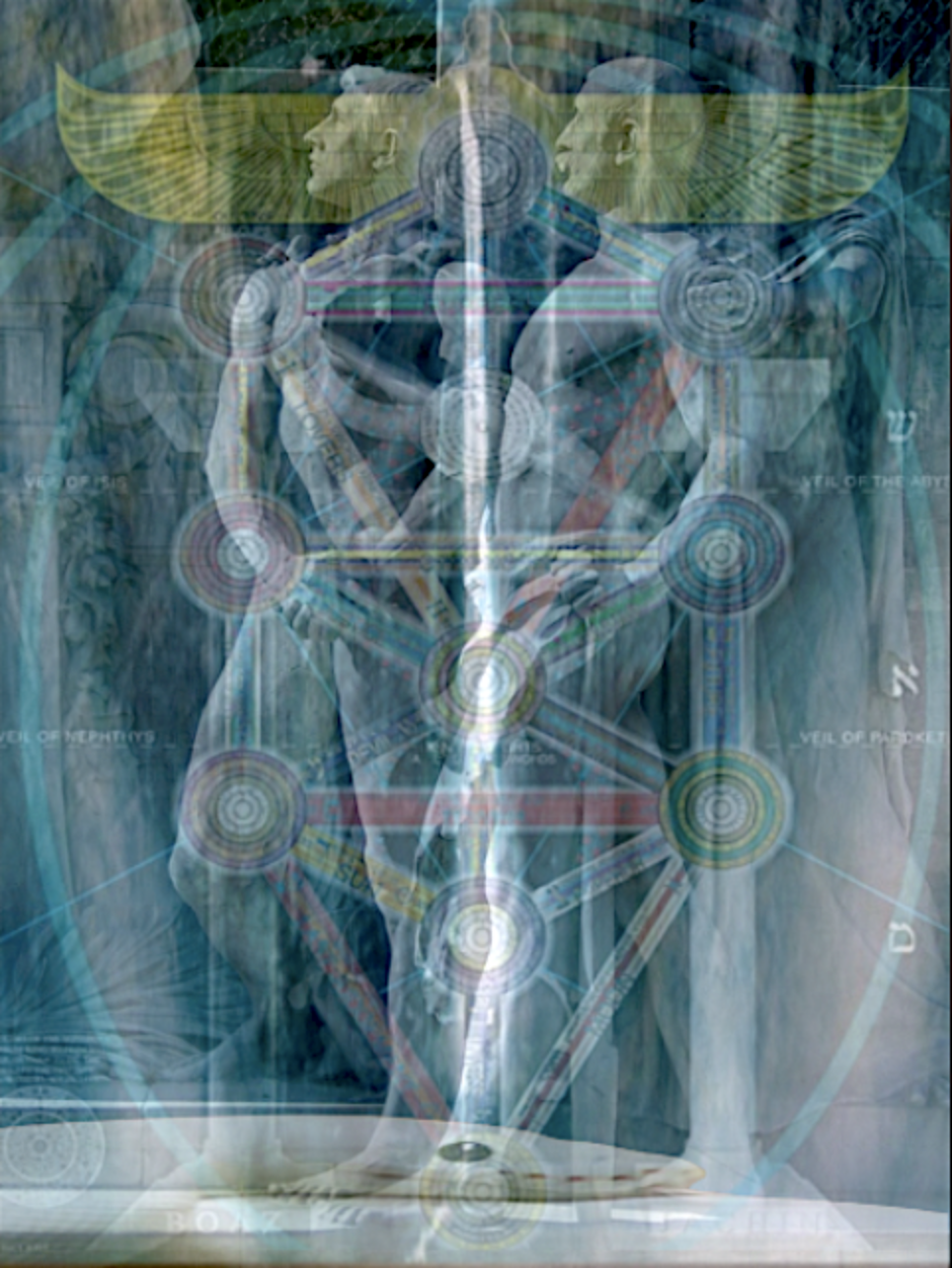
Exploring the Links between Le Louisianais Champion for Heritage Language Inspiration in the Musical Arts of the State and Its Link to Nova Scotia Cajun Kin
In this voyage through Blockchain, I built NFT of 3D motion graphics with Acapella voiced chain gang work song style soto to continue to explore and uncover the roots of Cajun culture, the efforts to revive the Cajun French language, and its influence on modern Cajun music. We’ll also delve into the shared musical traditions and the role of festivals, events, and organizations in preserving and celebrating the rich Cajun and Acadian heritage, all under the umbrella of Le Louisianais news media and language inspiration in the musical arts of the state and its link to Nova Scotia Cajun kin.
Key Takeaways
- The roots of Cajun culture can be traced back to French colonists in Nova Scotia who were forced to flee during the Great Expulsion and eventually found refuge in Louisiana.
- Le Louisianais is a champion for preserving the language, customs, cuisine, and music of Acadian heritage.
- Festivals and events are essential for celebrating Cajun and Acadian traditions while cultural institutions document their history.
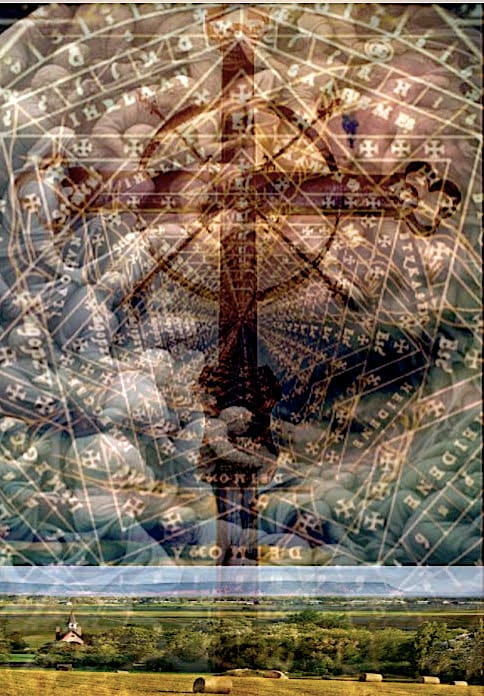
The Roots of Cajun Culture: From Nova Scotia to Louisiana



The story of Cajun culture begins in Acadia, present-day Nova Scotia, where French colonists established a French colony in the early 17th century. These Acadian settlers lived a simple life deeply rooted in their French traditions and Roman Catholicism. However, their peaceful existence would soon be shattered by the escalating French and British hostilities, ultimately leading to the Great Expulsion, or “Le Grand Dérangement.”
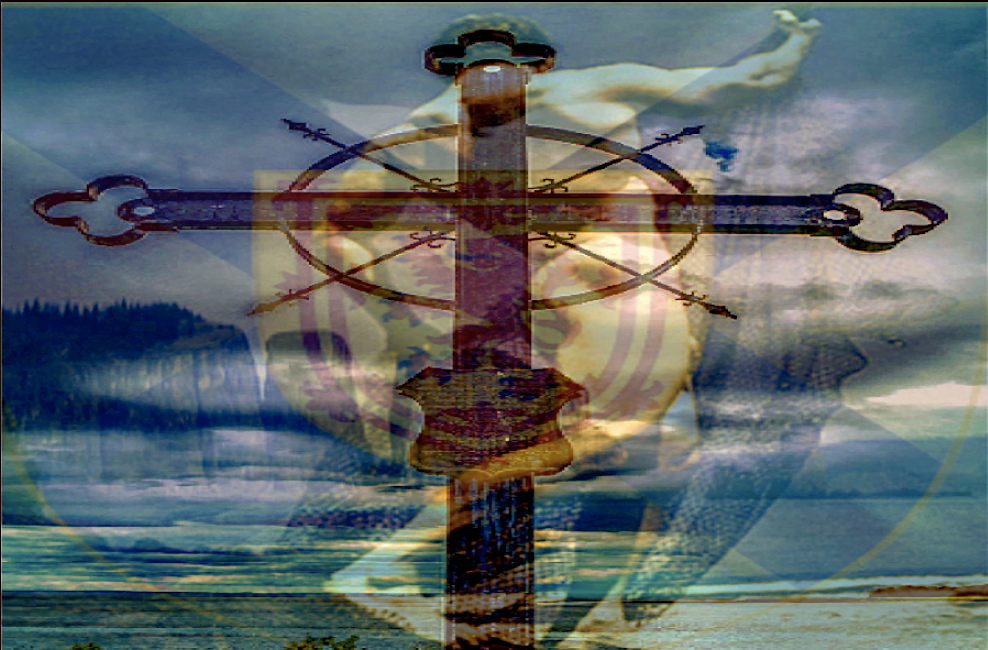
During this time, Acadians were forcibly deported from their homeland, and many found refuge in southern Louisiana, where they were referred to as “Cajuns.” Over time, these Acadian exiles would constitute a substantial proportion of south Louisiana’s population, leaving an indelible mark on the state’s culture, including its cuisine, music, and language.
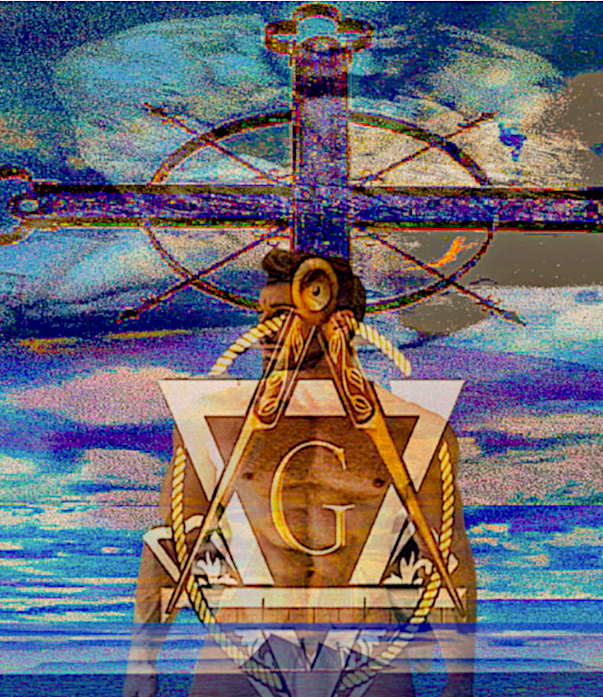
Cajun music, characterized by the use of accordion and fiddle, is a testament to this genre's rich history and various styles. For a Cajun music reader, this music has a unique sound, blending:
- the traditional ballads of the French-speaking Acadians of Canada
- the influences of Western swing
- rock ‘n’ roll
- country music
Notably, Cajuns connect with the Creoles of Louisiana, descendants of French colonists and various other ethnic groups. Both the Cajuns and the Creoles have contributed significantly to the development of Louisiana French culture, evident in the unique flavours of Cajun cuisine, the lively rhythms of Zydeco music, and the new Cajun Dead and the Talkin`Stick sound from MBF-Cote Est.

Acadian Life in Nova Scotia
In Nova Scotia, Acadian life was characterized by a firm sense of community, agricultural focus, and steadfast adherence to the Roman Catholic faith. Hence, the pattern is interrupted these days by nobody at the wheel. Many modern Cajuns in Louisiana can trace their Acadian ancestry back to these settlers, who forged a unique culture and way of life in the face of adversity.
Remember tu peu Pierrer un Cajun mais facts la Pwoin Damner.

Famous for their resourcefulness and adaptability, the Acadian settlers utilized these skills during their forced deportation and subsequent settlement in Louisiana. They brought their French language, customs, and spirit of perseverance and self-reliance.
Baton Rouge and Lafayette, among other places in Louisiana, still influence Acadian life. The impact of Acadian settlers is evident in the local cuisine, music, and language, which continue to thrive and evolve as a testament to the enduring legacy of these early pioneers.
Forced Deportation and Diaspora
A dark chapter in Acadian history, the Great Upheaval, or “Le Grand Dérangement,” was a significant event. Beginning in 1755, British forces forcibly deported thousands of Acadians from their homeland, tearing families apart and scattering them across various British colonies along the eastern seaboard and beyond.

The conditions during the deportation were harrowing, with many captives suffering from epidemics, cold, and malnutrition. It is estimated that between 6,000 and 8,000 Acadians were imprisoned and deported during this tragic event.
Many Acadians eventually found refuge in present-day Louisiana, where the Spanish colonial government settled them in the Atakapa region. Joseph Broussard, a prominent Acadian leader, played a crucial role in establishing the Acadian community in Louisiana, serving as militia captain and commander of the “Acadians of the Atakapas” region in St. Martinville.
Despite their hardships, many Acadians returned to Nova Scotia after the war, reestablishing themselves in the Maritimes and preserving their unique culture and way of life. Today, in both Louisiana and Nova Scotia, the Cajun and Acadian people continue to honour their shared heritage, united by a shared past and a legacy of resilience.
The Formation of Cajun Identity in Louisiana

In Louisiana, the Acadian exiles merged their traditions with those of the diverse ethnic groups they met, including influences from French, Spanish, African, and Native American cultures. This fusion of cultures gave birth to a distinct Cajun identity characterized by a unique language, cuisine, and music.
Cajun music, deeply rooted in the Acadian ballads of Canada, has evolved to incorporate elements of Western swing, rock ‘n’ roll, and country music. The accordion and fiddle remain central to the genre, with modern Cajun music featuring a diverse range of styles, including:
- Two-steps
- Waltzes
- A cappella ballads
- Mazurkas
- Hornpipes
- Reels
“Acadian” and “Cajun” are often used interchangeably to describe this unique cultural identity. However, their usage may also reflect social distinctions within the community, with “Acadian” usually associated with elite, formal contexts and “Cajun” tied to more informal, rural settings.
The rich history and cultural diversity of the Cajun people continue to captivate and inspire, leaving an indelible mark on the fabric of South Louisiana.
Contemporary Artists: A Champion for Heritage Language expression from this great linguistic gene pool.
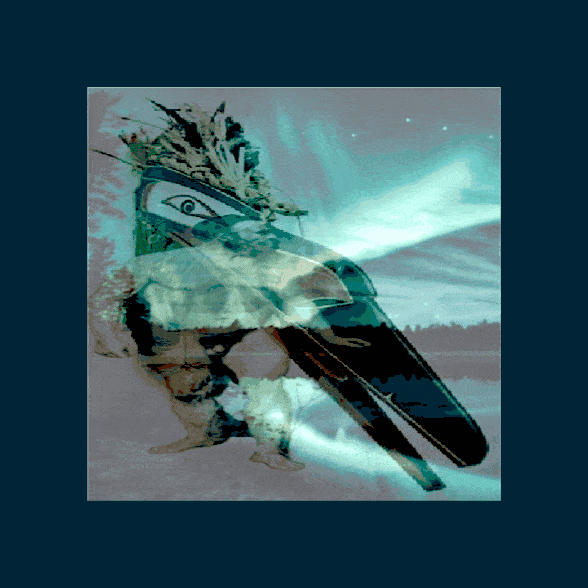
Once used by most of Louisiana’s population, the Cajun French language has declined recently, partly due to the Louisiana law of 1921 that prohibited its use in public schools. However, efforts have been made to revive and preserve this unique linguistic heritage, with individuals like Le Louisianais keen on expression, as is the artwork of Contemporary Visual Artist Claude Edwin Theriault of MBF-Lifestyle.
Through language instruction, cultural events, and immersion programs, Le Louisianais seeks to introduce a new generation to the beauty and significance of the Cajun French language in French Louisiana. By learning to speak French, this linguistic revival not only strengthens the cultural identity of the Cajun people but also profoundly impacts the evolution of modern Cajun music.
Preserving the Cajun French language ensures that the Acadian people's rich oral traditions, folktales, and songs continue to be passed down through generations. As language and music are intrinsically linked, the efforts of Le Louisianais play a crucial role in safeguarding the unique sounds and stories that define the Cajun experience.
Reviving the Cajun French Language

Organizations like the Council for the Development of French in Louisiana (CODOFIL) play a vital role in promoting and preserving the Cajun French language. By providing educational resources, supporting language instruction in schools, and advocating for the use of French in cultural activities, CODOFIL is helping to ensure that the Cajun French language remains a vibrant and living part of Louisiana’s cultural landscape.
The efforts of Le Louisianais and organizations like CODOFIL have positively impacted the number of French speakers in Louisiana, with an estimated 250,000 residents still speaking the language. By fostering a renewed interest in and appreciation for the Cajun French language, these initiatives are helping to preserve an essential aspect of Cajun and Acadian heritage for future generations, including speaking French.
Influence on Modern Cajun Music
The revival of the Cajun French language has profoundly influenced the evolution of modern Cajun music. As new generations of musicians learn to speak and sing in the language of their Acadian ancestors, they can draw upon a rich well of traditional songs and stories, infusing their music with a depth and authenticity that resonates with audiences within and beyond the Cajun community.
Fusing traditional Acadian ballads with contemporary musical styles and influences has created a vibrant and dynamic modern Cajun music scene. This ongoing linguistic and cultural renaissance enriches the lives of those who participate and is a powerful testament to the enduring legacy of the Cajun and Acadian people.
Musical Connections between Louisiana and Nova Scotia

The two regions share a deep and enduring musical connection despite the geographical distance between Louisiana and Nova Scotia. This bond is forged in the rich traditions of Acadian and Cajun music, which have evolved and adapted over time yet remain rooted in a common heritage. The shared musical traditions, instruments, and styles between these two regions strengthen their ties, fostering a sense of cultural pride and identity.
Louisiana and Nova Scotia boast a wealth of talented musicians who draw upon their Acadian and Cajun heritage to create diverse musical styles. Some examples include:
- Traditional ballads
- Lively dance tunes
- Innovative fusion
- Contemporary reinterpretations

These two regions' musical landscapes are as vast and varied as their inhabitants.
The accordion and fiddle, central to Acadian and Cajun music, are just two examples of the standard instruments and styles that define the musical connections between Louisiana and Nova Scotia. Other instruments, such as the guitar, bass, and keyboard, are also commonly employed in both regions, along with more unusual instruments like mule jaws or bones in specific contexts.
Collaborations between musicians and cultural exchange initiatives have further enriched the musical landscape of Louisiana and Nova Scotia. These joint endeavours serve not only to deepen the understanding and appreciation of the shared Acadian and Cajun heritage but also to inspire new generations of musicians to explore and celebrate the rich tapestry of sounds and stories that unite these two regions.
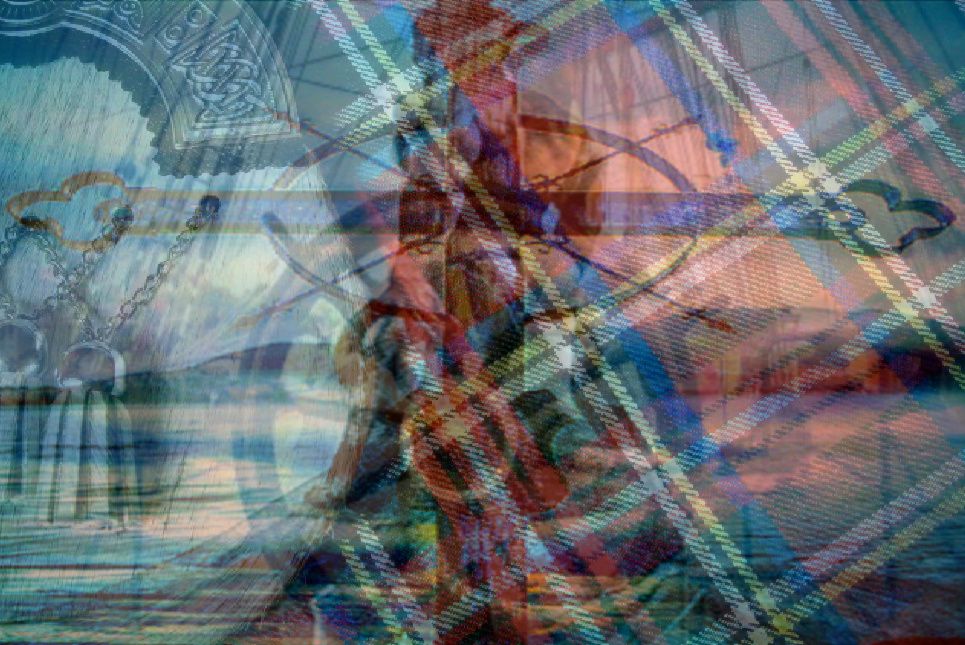
Common Instruments and Styles
At the heart of both Acadian and Cajun music lies a shared repertoire of instruments and styles that define their unique sound. The accordion and fiddle are the most iconic of these instruments, with their distinctive melodic and rhythmic interplay providing the foundation for much music in both regions.
In addition to the accordion and fiddle, other instruments, such as the guitar, bass, and keyboard, are commonly used in Louisiana and Nova Scotia. These instruments enrich the musical texture and provide a versatile platform for exploring various styles and genres, from traditional ballads and dance tunes to contemporary fusion and experimental works.
At least two distinct styles characterize Cajun music. One is twin-fiddling, where one fiddler plays a melody while the other provides accompanying rhythm or “seconding.” This helps create a fascinating blend of sound. This technique, the use of unique instruments like mule jaws or bones, highlights the shared musical vocabulary and heritage that connects Louisiana and Nova Scotia while also demonstrating the ongoing evolution and innovation within the Acadian and Cajun musical traditions.
Collaborations and Exchanges
The collaborations and exchanges between musicians from both regions further strengthen the musical connections between Louisiana and Nova Scotia. These joint endeavours foster a sense of camaraderie and mutual appreciation and create new and innovative musical works that draw upon the rich heritage of Acadian and Cajun music.
While specific examples of collaborations and exchanges between Louisiana and Nova Scotia musicians may be limited, the ongoing cultural dialogue and exchange of ideas between these two regions has profoundly impacted the evolution of their respective musical landscapes. Through these interactions, musicians can draw inspiration from one another and incorporate new elements into their work, resulting in a vibrant and dynamic musical tradition that continues to evolve and flourish.
The prognosis for future collaborations and exchanges between Louisiana and Nova Scotia is still being determined. Still, the enduring connections between these two regions and their shared Acadian and Cajun heritage suggest that the musical dialogue and exchange of ideas will continue to thrive. Ultimately, these collaborations enrich the lives of all those who participate in them and contribute to the ongoing celebration and preservation of the unique cultural legacy of the Acadian and Cajun people.
Preserving and Celebrating Cajun and Acadian Heritage by creating a Hieroglyphic Archetypal language
Preserving and celebrating Cajun and Acadian heritage is crucial to maintaining these lively communities' unique identity and cultural legacy. Through festivals, events, and organizations dedicated to promoting and preserving this heritage, the rich traditions of the Acadian and Cajun people are kept alive and shared with future generations.
Participation in these festivities and activities strengthens the bonds between the Acadian and Cajun communities. It fosters a sense of pride and appreciation for the unique customs, language, and music that define their shared heritage. By supporting organizations that promote Acadian and Cajun culture and engaging in studying these people's language, music, and customs, we can all play a part in preserving and celebrating this rich cultural legacy.
The importance of safeguarding Cajun and Acadian heritage cannot be overstated. As these communities' language, music, and customs continue to evolve and adapt in the face of changing social and cultural landscapes, we must remain mindful of their origins and the enduring legacy of the Acadian and Cajun people. Through our collective efforts, we can ensure that this unique heritage remains a vibrant and living part of our shared cultural tapestry for generations to come.
In the following sections, we will explore some key festivals, events, and organizations dedicated to preserving and celebrating Cajun and Acadian heritage, showcasing the diverse and dynamic ways these communities continue to honour their past while forging a bright and promising future.
Festivals and Events
Festivals and events celebrating Cajun and Acadian heritage are instrumental in cultivating community and pride among participants. Some of the most esteemed festivals and events that showcase this rich cultural legacy include:
- Festivals Acadiens et Créoles
- National Acadian Day
- Acadian Festival
- Acadian Heritage Day
One notable event is the Tintamarre parade in Nova Scotia, an annual celebration of Acadian culture and heritage. This lively parade features traditional Acadian music, dancing, and costumes, drawing participants from across the region and beyond. The Tintamarre parade serves as a vibrant reminder of the resilience and spirit of the Acadian people, who continue to celebrate their unique identity and traditions despite the challenges they have faced throughout history.

In addition to these large-scale celebrations, countless smaller festivals and events are held throughout Louisiana and Nova Scotia to commemorate Cajun and Acadian heritage. These gatherings allow communities to come together, share stories, and enjoy the rich musical and culinary traditions that define their shared experience.
By participating in these celebrations and supporting the organizations that sponsor them, we can all help ensure that the unique culture and heritage of the Acadian and Cajun people continue to thrive and inspire future generations.
Cultural Institutions and Organizations in need of change
Cultural institutions and organizations are central to documenting and promoting Acadian culture in Cajun. These organizations work tirelessly to preserve the Acadian people's history, customs, and traditions, ensuring that their unique heritage remains a living part of the cultural landscape of Louisiana and Nova Scotia.
The Acadian Cultural Society, for example, is a non-profit organization dedicated to safeguarding and fostering the culture and history of the Acadian people. Through its efforts, the Society helps to ensure that the Acadian community's unique customs, language, and music are preserved and celebrated for future generations.
Other organizations, such as Canadian Geographic, are crucial in documenting and promoting Acadian culture in Cajun. By providing educational resources, supporting research, and raising awareness of the Acadian people's rich traditions and history, these institutions strengthen the bonds between the Acadian and Cajun communities and inspire a sense of pride and appreciation for their shared heritage.
Nordic clan connection to the Bayou Teche

In exploring the links between Le Louisianais and Nova Scotia’s Cajun kin, we have journeyed through the rich tapestry of Acadian and Cajun culture, language, and music. From the early roots of Acadian life in Nova Scotia to the formation of Cajun identity in Louisiana, we have seen how the resilience and adaptability of these communities have shaped their unique cultural heritage.
As we celebrate and preserve the vibrant traditions, customs, and stories that define the Acadian and Cajun experience, we are reminded of the enduring connections that bind us together across time and space. Through our collective efforts to honour and safeguard this rich legacy, we ensure that the unique heritage of the Acadian and Cajun people will continue to inspire, uplift, and enrich our lives for generations to come.
Frequently Asked Questions
Are Cajuns and Acadians the same?
Cajuns are descended from Acadian exiles who left what is now Canada and migrated to Louisiana. The Acadians that arrived in South Louisiana from 1764 to 1785 adapted to their new home and became known as Cajuns, merging French customs with the locals. This cultural fusion is evidenced in the present-day Cajun's distinct language, architecture, music, and food. Thus, Cajuns and Acadians can be considered the same.
What was the Cajun migration from Nova Scotia?
During Father Le Loutre's War (1749-1755), the Acadian Exodus was the Cajun migration from Nova Scotia. This involved the relocation of almost half of the total Acadian population of Nova Scotia to French-controlled territories in response to British Governor Charles Lawrence's orders to leave if they refused to take an oath of allegiance.
Why would the Cajun people have developed music that was different from other Louisianan cultures?
The Cajun people developed a unique style of music due to a combination of influences such as African rhythms, blues, improvisational singing techniques, and other sounds from Native Americans. Additionally, some fiddle tunes and ballads were drawn from Anglo-American sources.
What role do cultural institutions and organizations play in preserving and promoting Acadian and Cajun heritage?
Cultural institutions and organizations play a crucial role in preserving and promoting Acadian and Cajun heritage, providing educational resources, supporting research, and raising awareness.
How can we participate in preserving and celebrating Cajun and Acadian heritage?
We can preserve and celebrate Cajun and Acadian heritage by participating in festivals and events, supporting organizations that promote this culture, and learning about these people's language, music, and customs through their artistic language of archetypal imagery.

FAQ:
What is Cajun Dead and the Talkin Stick?
Cajun Dead and the Talkin Stick is an innovative project reviving French Acadian songs through a vibrant fusion of music and contemporary arts. This project explores the intersection of Acadian cultural heritage with modern influences, creating a unique style that appeals to progressive audiences interested in cultural evolution.
How does the Le Louisianais media connect Louisiana and Nova Scotia?
Le Louisianais media serves as a cultural bridge, highlighting the shared Acadian and Cajun heritage between Louisiana and Nova Scotia. The media outlet focuses on storytelling, music, and language that reflect and celebrate the historical ties and ongoing cultural exchanges between these two regions.
Who contributes to the preservation of Acadian culture and music?
Artists like Claude Edwin Theriault and organizations such as MBF-Lifestyle play a significant role in preserving Acadian culture. Through contemporary arts, including NFT projects and innovative musical interpretations, they ensure the vibrant legacy of Acadian and Cajun traditions continues to thrive for modern audiences.
Why are festivals important for Acadian and Cajun heritage?
Festivals are vital for celebrating and preserving Acadian and Cajun heritage by fostering community pride and cultural awareness. They provide a platform for showcasing traditional music, dance, and art, ensuring the continued appreciation and understanding of these unique cultures.
How is modern technology impacting Cajun music?
Modern technology, particularly through platforms like Web 3 Blockchain, is transforming Cajun music by allowing artists to create and share contemporary interpretations globally. Projects like Cajun Dead and the Talkin Stick ensure traditional sounds reach new audiences, blending historical roots with digital innovation.
What role do music and language play in Acadian identity?
Music and language are essential in maintaining and expressing Acadian identity. They embody the rich oral traditions and stories passed down through generations, ensuring that Acadian culture remains a living, evolving force in today's world.
How can individuals support the promotion of Cajun culture?
Individuals can support the promotion of Cajun culture by engaging with cultural events, supporting artists and organizations dedicated to this heritage, and exploring traditional language and music. Participation in these activities helps preserve and celebrate the unique Acadian cultural landscape.

